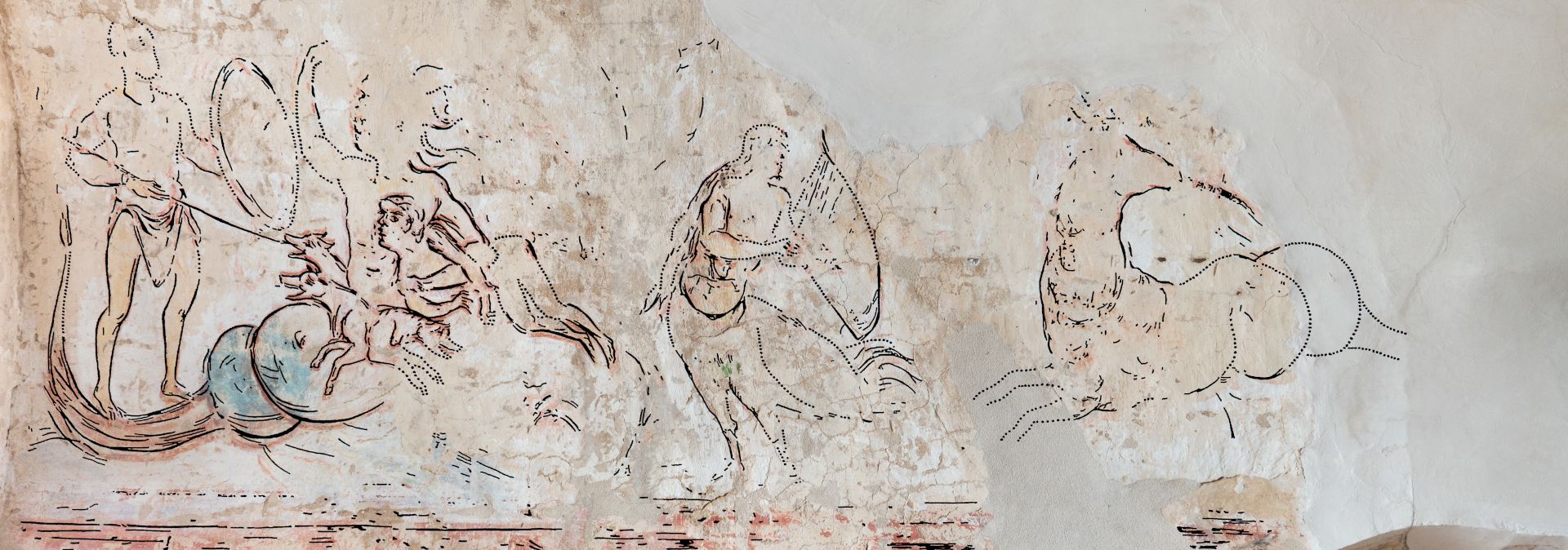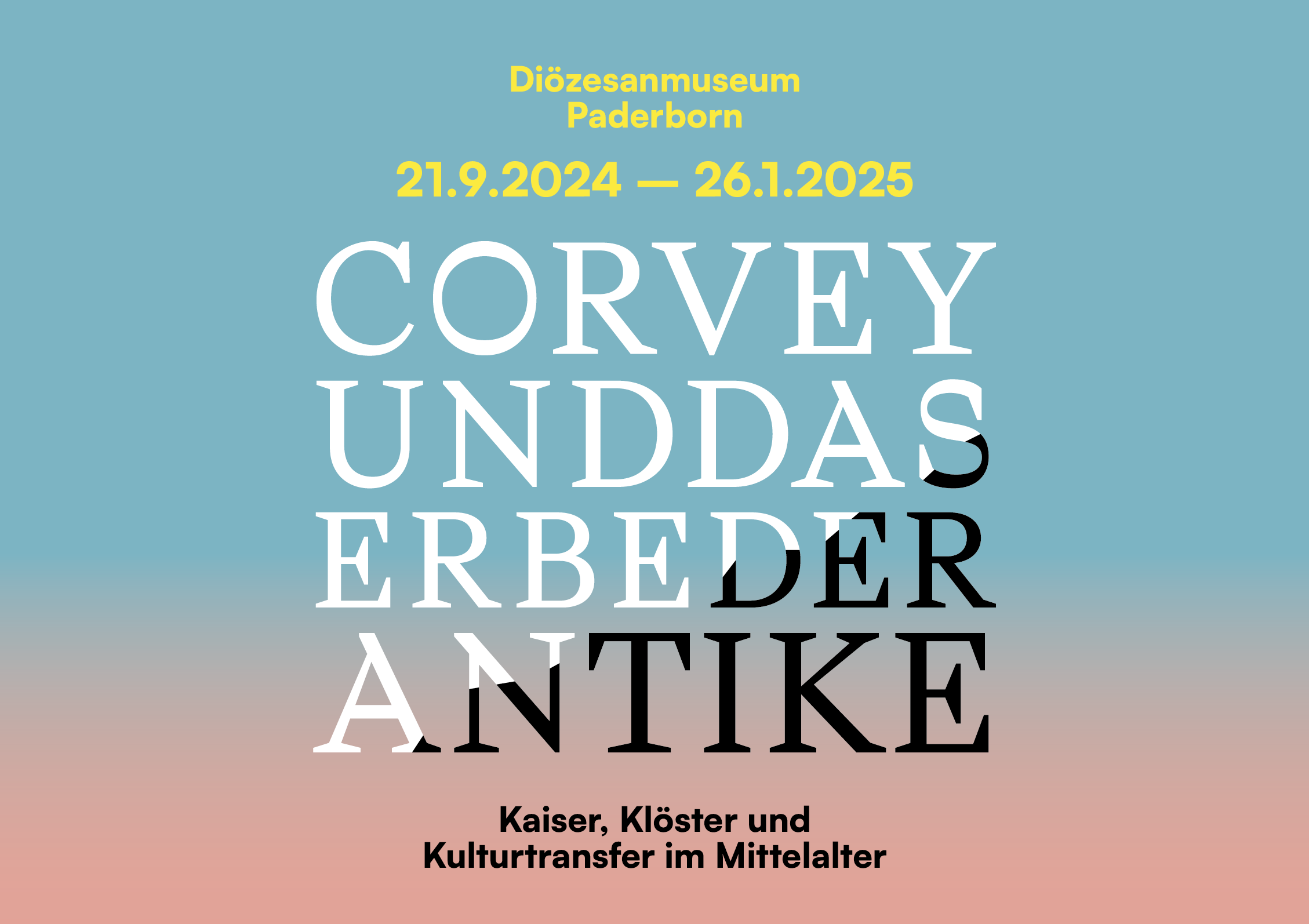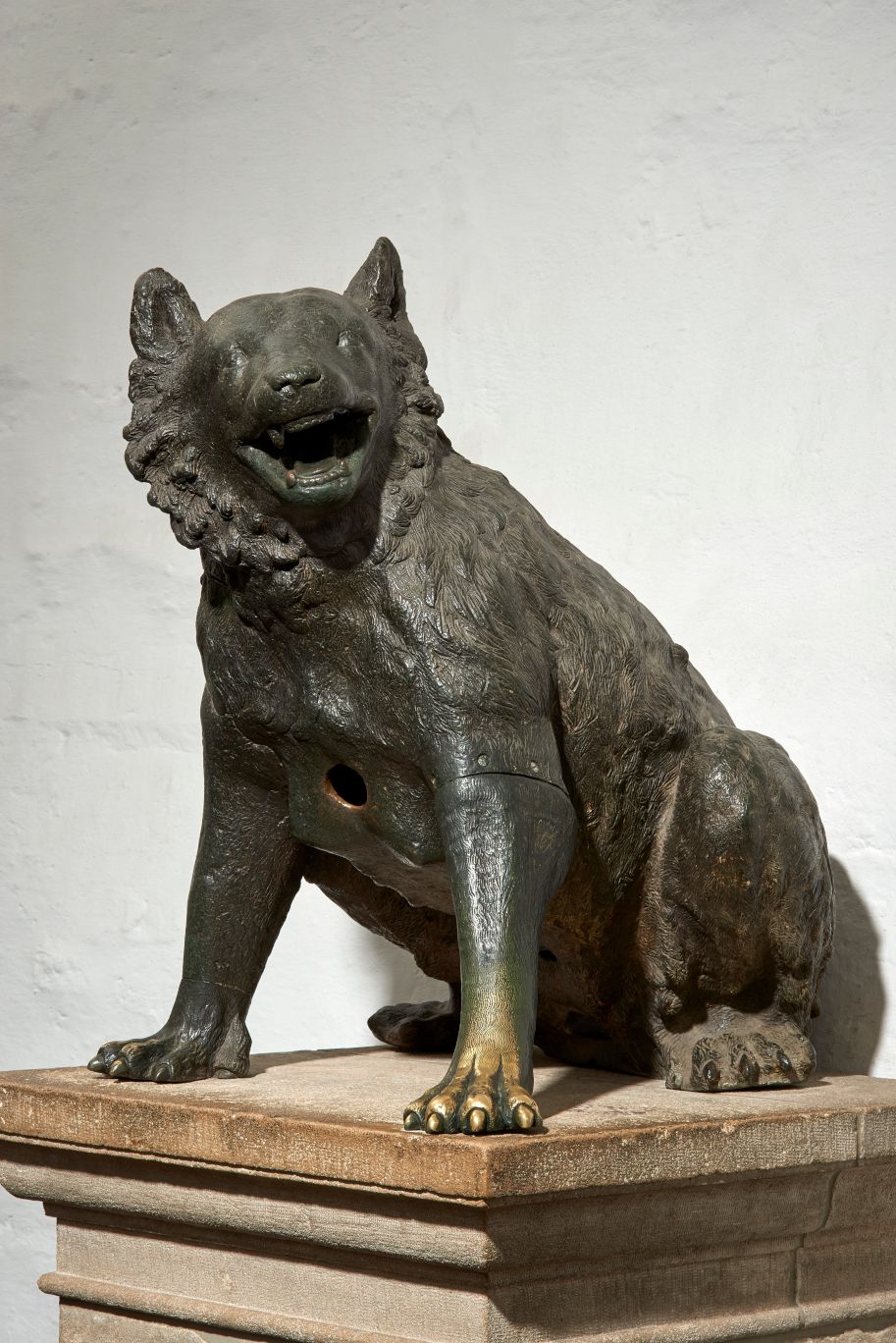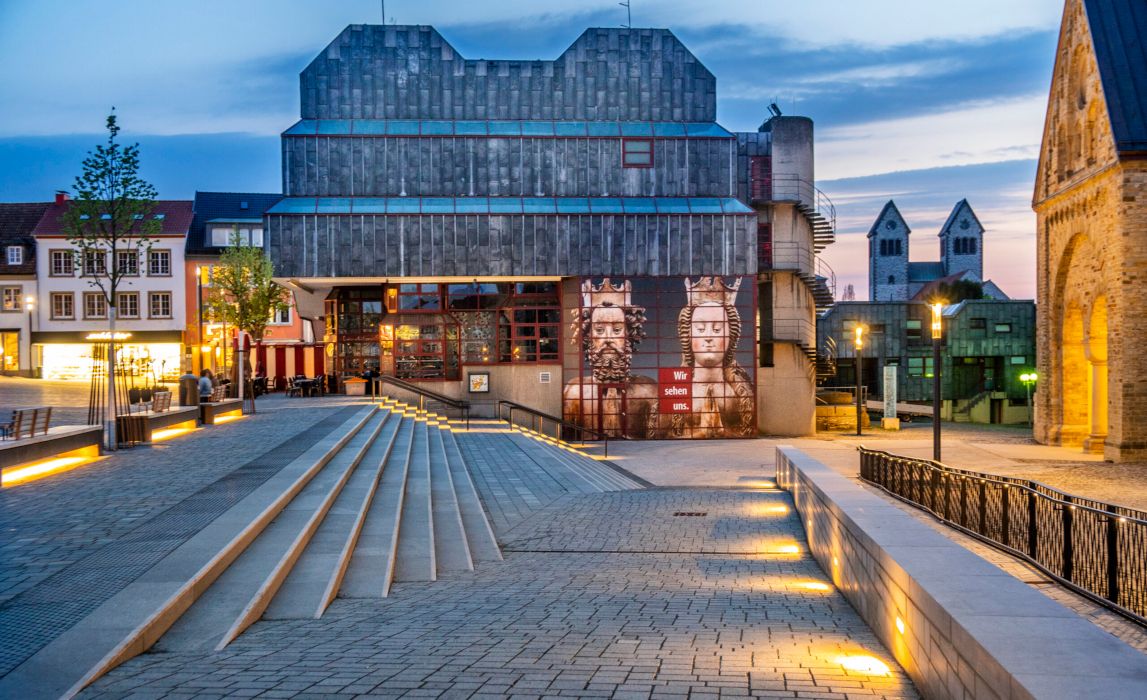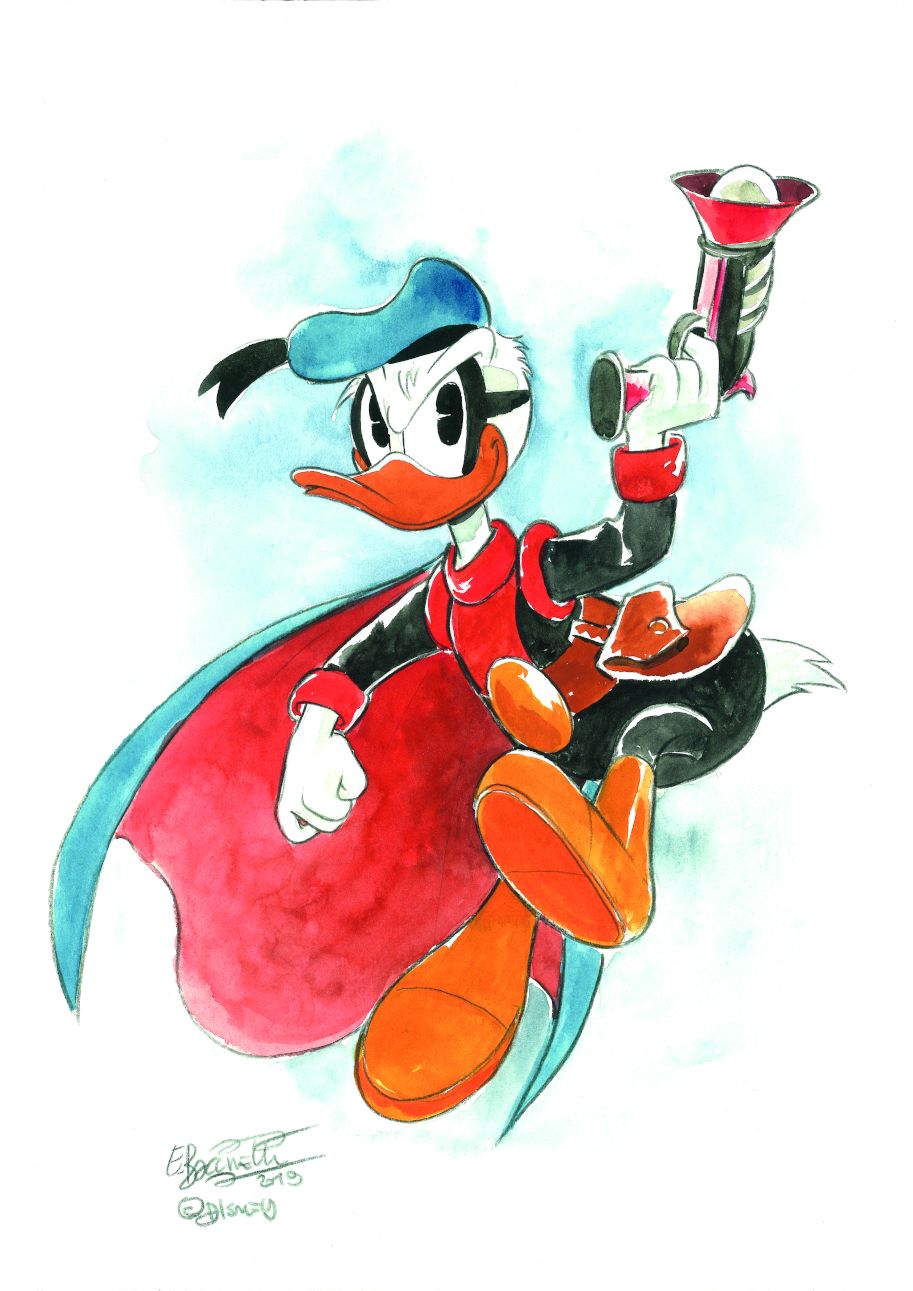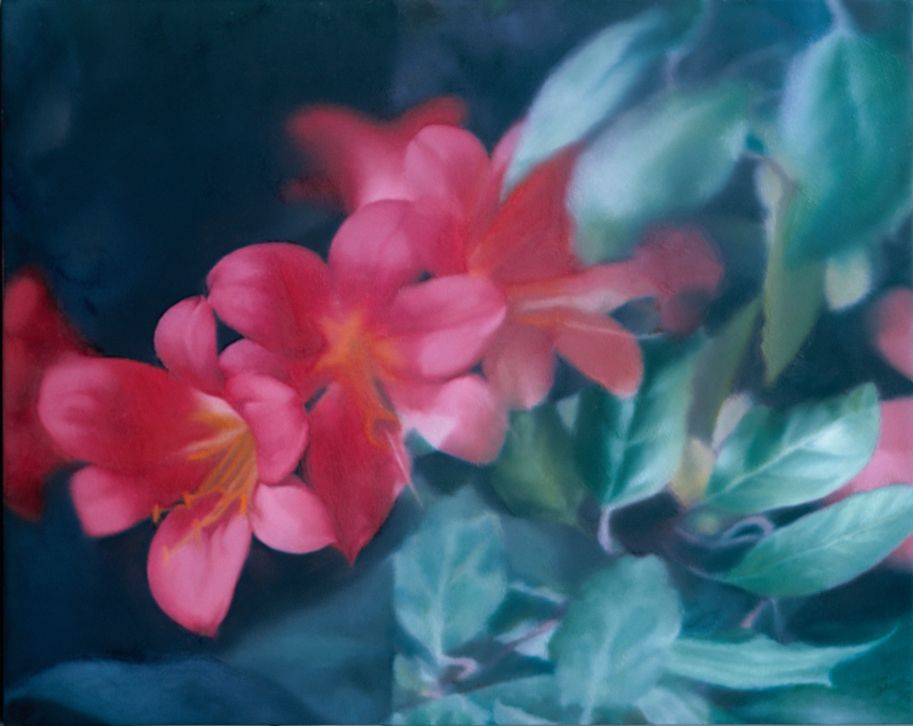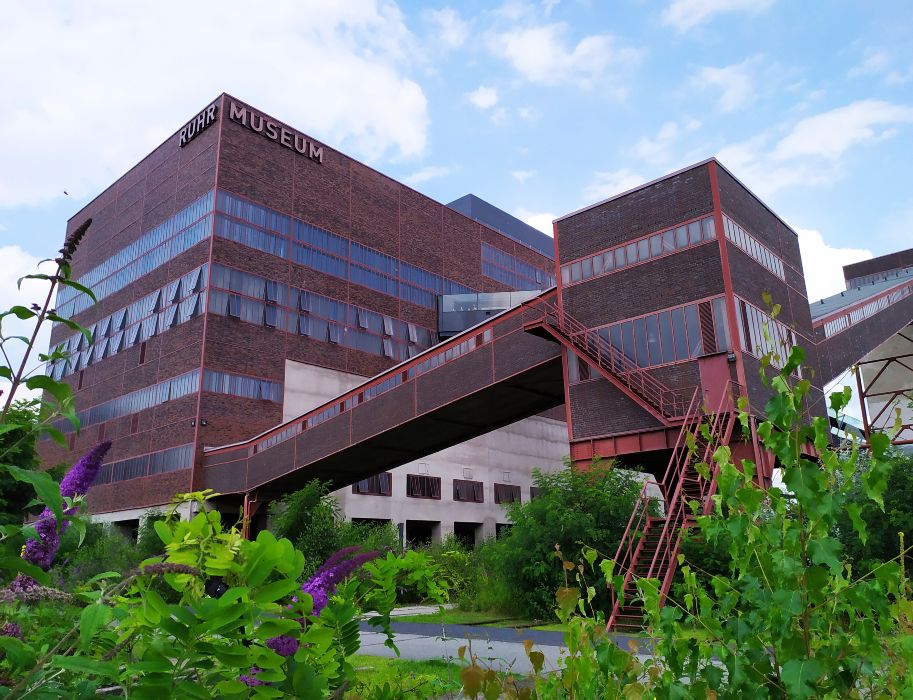Values, cultural techniques and scientific knowledge have survived the millennia. They range from antiquity through the Middle Ages to the present day. But how do tradition and transmission actually work? The Paderborn Diocesan Museum addresses this question in its major exhibition "Corvey and the Heritage of Antiquity" with more than 120 items on loan from European museums, libraries and archives.
It takes examples from architecture, literature, painting, arts and crafts and astronomy to analyze the way we communicate knowledge. On the one hand, visitors learn what heritage has been preserved and, on the other, what has inevitably been lost. The starting point of the exhibition is a think tank of the Middle Ages: the former Corvey Monastery, founded 1200 years ago. The present-day castle complex and the westwork of the parish church have been a UNESCO World Heritage Site for around ten years.
Among the precious objects on loan from all over Europe is the unique 2300-year-old bronze sculpture of a female bear, which Charlemagne may have brought with him from Rome and which is now kept in Aachen Cathedral. Fragments of the valuable late antique sarcophagus of Emperor Louis the Pious come from the Musée de la Cour d'Or in Metz. He was the son and successor of Charlemagne and founded the Corvey Monastery in 822.
